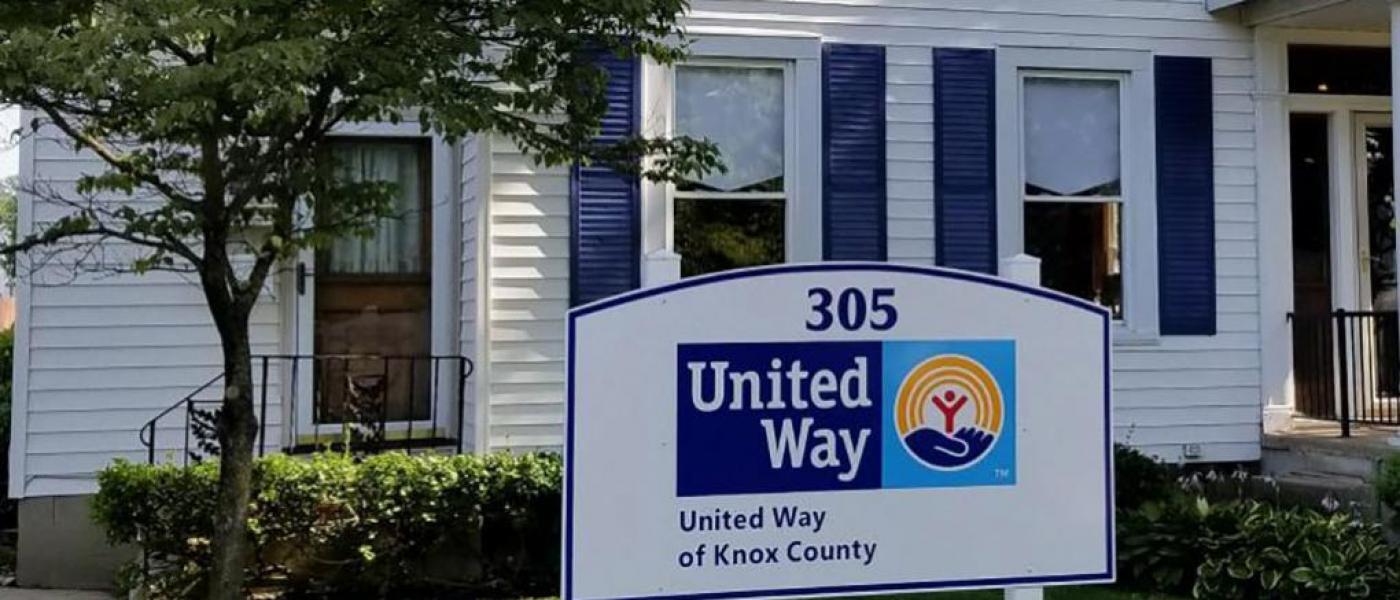Attorney Ann Roche fears a potential uptick in homelessness in Knox County after the Supreme Court’s recent decision to end the government’s COVID-19 eviction moratorium during the pandemic. With landlords free to evict tenants who owe back rent, and government resources responding at a snail's pace, many families may soon find themselves without housing.
“Evictions have been an issue lately,” Roche said. “Evictions are an expedited court process, so it’s very difficult. When you have a shortened court process and very long, burdensome government program to get the money dispersed, there’s a disconnect.”
Roche works out of the Newark office for Southeastern Ohio Legal Services.
The law firm is commissioned by the United Way of Knox County to offer legal support to the homeless and other low-income clients. The grant provided by the United Way allows anyone who is homeless or becoming homeless because of a legal situation to get support.
“We try to look at things comprehensively to see what we can do to address the current or near-future situation,” Roche said. “Most people are homeless for a short period. But having an eviction on your record makes it much more difficult to get housing.”
SEOLS connects with those in need of help through the Winter Sanctuary, at 401 W Vine St. in Mount Vernon. The shelter, funded by the United Way, has sleeping quarters for up to 18 men and eight women and includes bathroom, kitchen and laundry facilities. An advocate from the United Way works with each resident to offer services for substance abuse, mental illness, and employment opportunities.
“I don’t want to give a handout,” said Kelly Brenneman, executive director of the United Way of Knox County. “We want to give a hand up and help people improve their situation so they don’t have to be homeless anymore.”
Improving access to rental assistance funds would help. The New York Times reported on Sept. 10 that just 11% of the $46 billion ticketed for the Emergency Rental Assistance Program has been utilized. Just $5.1 billion has been distributed through state and local governments.
“Obviously, that’s terrible,” Roche said. “There’s a huge, huge need. It’s a huge challenge getting that money out and into the hands of tenants and landlords.”
The government has been working to streamline the process.
Another housing issue, Roche said, is that landlords are reluctant to accept tenants with Section 8 vouchers offered to qualified low-income families where the government pays up to 70% of the rent.
“It’s one of the most effective anti-poverty programs this country has used,” Roche said. “But not enough landlords will accept people with a Section 8 housing voucher, so there are more people with vouchers than landlords who will accept the voucher.”
Convincing more landlords to accept Section 8 tenants and building more low-income housing would help the homeless situation, Roche said.
“You always have luxury apartments popping up everywhere,” she said. “But we don’t invest in low-income housing. A lot of this is a supply and demand problem.”




.webp)
.webp)
